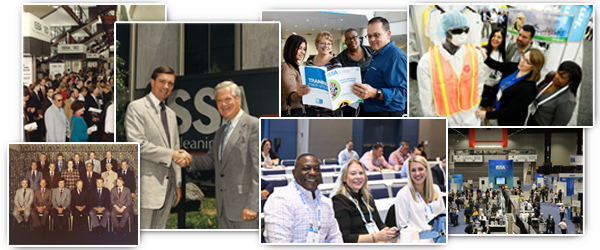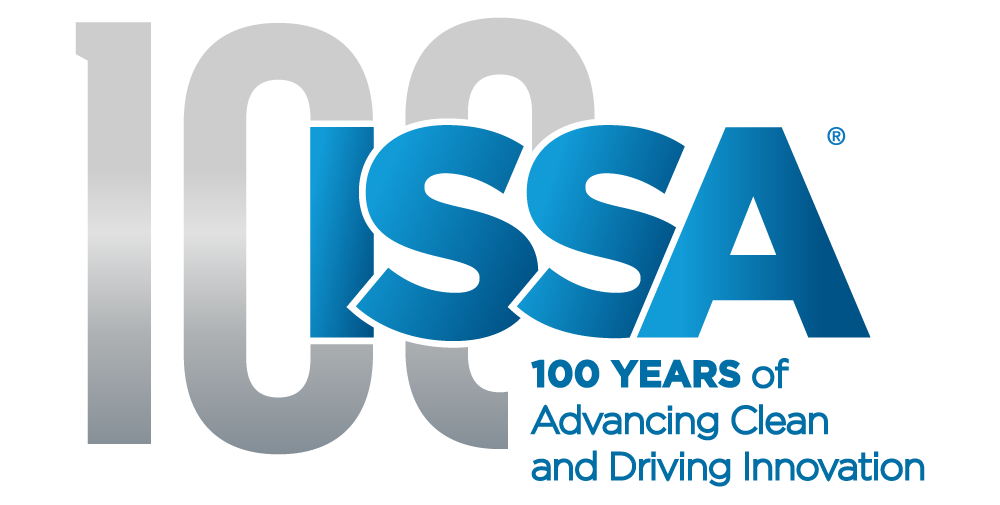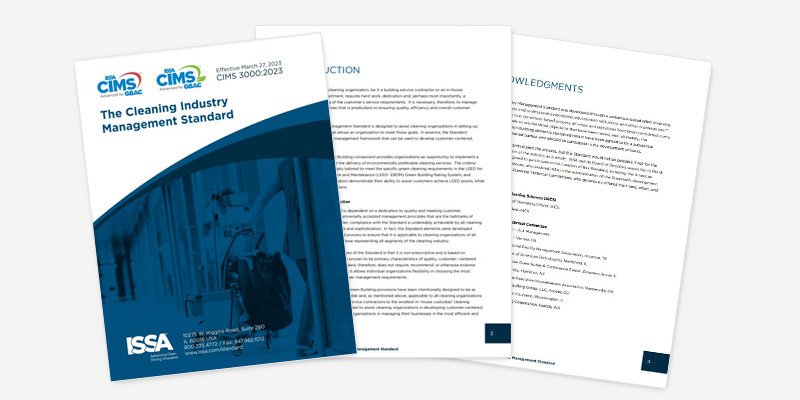Technology Trends Impacting the Foodservice Industry
Foodservice distributors and chemical and machinery manufacturers alike can differentiate themselves by offering foodservice end-users value-added services ranging from employee training assistance to information on the latest regulations of food safety to technology-enabled efficiency and labor-saving devices. End-users in restaurants, hotels, and other foodservice settings face challenges to remain efficient, compliant, and profitable on a regular basis.
Distributors or chemical suppliers that offer cleaning chemicals, tools, or machinery to help end-users with these issues can distinguish themselves as valued partners, and develop customer loyalty as a result. For example, foodservice distributor Gordon Foodservice offers a foodservice regulatory compliance program, including online training modules, webinars, and nutrition resources that help keep their customers coming back to them.
Technology-enabled efficiency and labor-saving devices also have applications in foodservice. Although such devices are still in nascent stages, industrial Internet of Things (IoT) where products/tools are connected to the Internet and communicate and react to other things could have a significant impact on foodservice efficiency and food safety. IoT can be beneficial if used in commercial kitchen equipment, such as warewash machines, cleaning chemical dispensers, and cooking equipment, such as refrigerators, ovens, fryers, and cooling/prep tables, as it can help reduce unplanned downtime by predicting when service is needed and providing alerts to users.
Smart chemical dispensers also help to ensure worker safety and consistency. For example, certain warewash dispensers offer downloadable reports on chemical usage and cost per rack. Warewash machine manufacturers also offer smart warewash machines to help end-users track machine temperatures and maintenance needs. For example, Hobart’s Advansys technology provides energy-, time-, and water-saving equipment to its foodservice end-users. Other time- and temperature-tracking software are available not just on kitchen equipment, but on food packaging itself via RFID tags enabling foodservice managers to ensure food has been kept at safe temperatures throughout its entire lifecycle. Even further, end-users can achieve food safety compliance using IoT where USDA recalls and product advisory information are tied directly to restaurant inventory, providing the assurance of food safety and compliance.
Foodservice end-users also appreciate support with managing social media’s (e.g., Yelp, Open Table, and other reviews/images) impact on their business. Restaurants in fast-food or fast-casual settings may also be considering adding POS kiosks or food-ordering tablets as labor-saving devices, but may need some real-world experiences to help make this decision. Foodservice managers deal with these issues on a regular basis, and distributors or chemical/equipment manufacturers that can offer solid suggestions and support are likely to build customer loyalty.
As part of Kline’s Foodservice Cleaning Products: U.S. Market Analysis and Opportunities study, we will ask hundreds of foodservice end-users about these and other important issues impacting their business. This study will provide in-depth analysis of major product categories, distribution channels, warewash machinery, and the critical issues affecting the market, including food safety compliance, online sales, minimum wage increases, and technology-enabled efficiency and automation.















